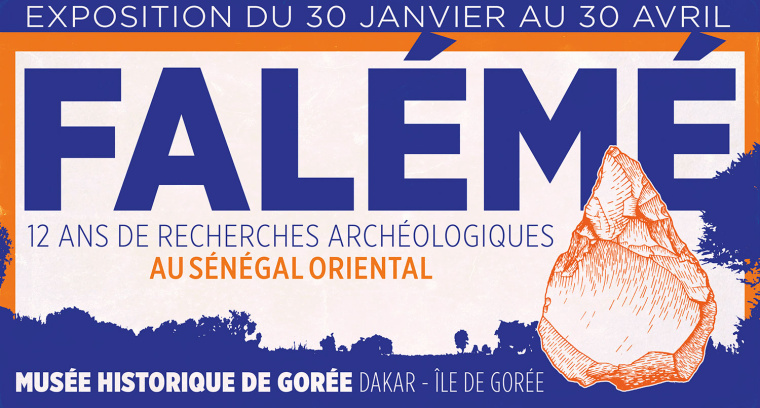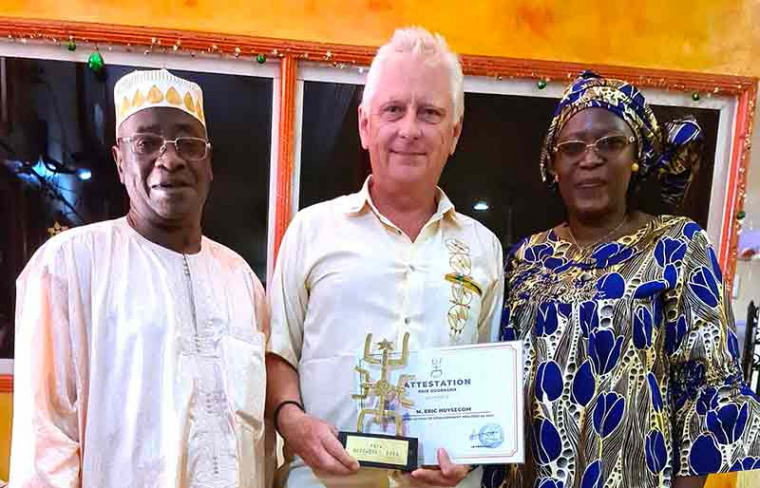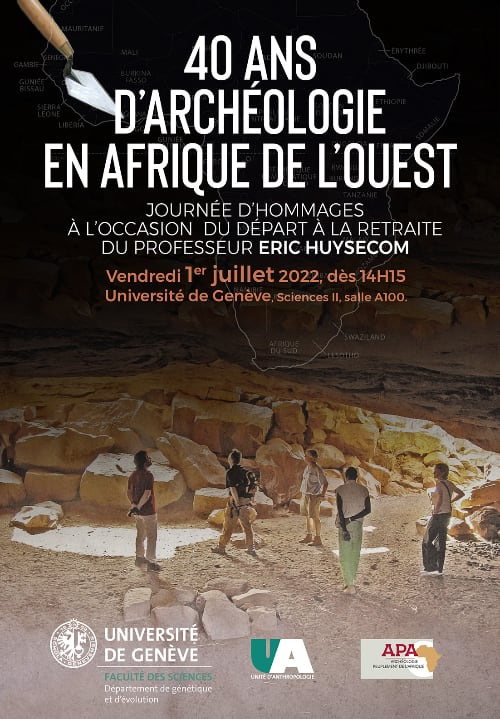
Bienvenue à ARCAN
Le laboratoire ARCAN (Archéologie africaine & anthropologie) a succédé au laboratoire APA (Archéologie et peuplement de l’Afrique) en 2022. Ses membres développent des études et des enseignements ayant trait à la compréhension de l’histoire des peuplements humains, des dynamiques techniques et des modes de vie en Afrique, de la Préhistoire ancienne à l’époque contemporaine. Des recherches touchant la bioanthropologie et l’étude des mondes funéraires anciens sont également menées tant en Afrique, qu’en Europe et en Suisse.
Des recherches interdisciplinaires et internationales
Les recherches archéologiques sont interdisciplinaires et englobent diverses approches scientifiques, comme l’archéologie préhistorique, l’ethnoarchéologie, l’analyse des archéo-matériaux, l’anthropologie biologique, l’archéozoologie, etc. Plusieurs fouilles archéologiques sont menées sur différents terrains. Les témoins matériels découverts sont mis en relation avec des facteurs climatiques, environnementaux, socio-culturels, économiques, démographiques ou politiques.
De nombreux partenariats de recherche sont développés en Afrique, en Europe et en Suisse, avec des paléo-environnementalistes, des dateurs, divers spécialistes (géomorphologie, chimie organique, ADN ancien, etc.), des responsables de musées ou des gestionnaires du patrimoine.
Un cursus de formation complet
Les membres du laboratoire ARCAN sont engagés dans la formation des étudiant-e-s en archéologie préhistorique, selon la filière bachelor (3 ans) - master (2 ans) - doctorat (5 ans). L’Université de Genève est la seule en Suisse romande à proposer un cursus de formation complet en Faculté des sciences dans cette discipline.
Les membres du laboratoire offrent aussi des enseignements pour la Faculté des lettres de l’Université de Genève, qui permet aux étudiant-e-s de suivre la discipline Archéologie préhistorique en complément d’une autre discipline, ou pour le Global Studies Institute dans le cadre du master en études africaines.




